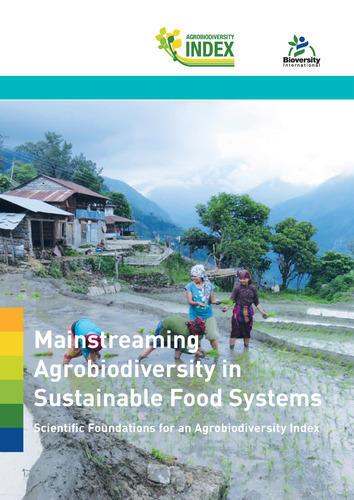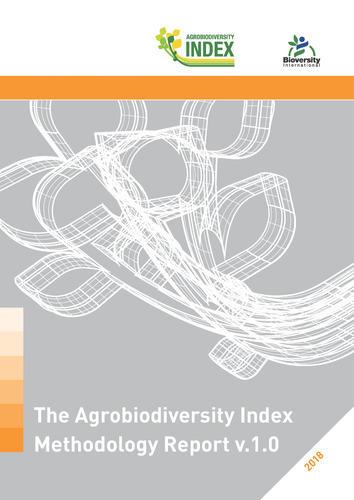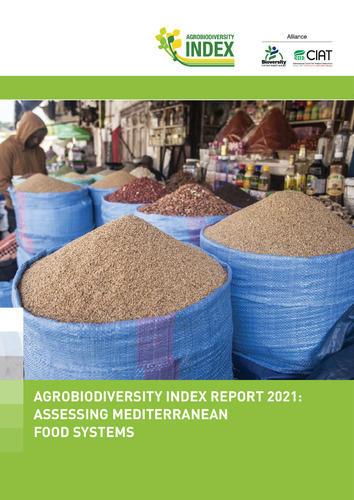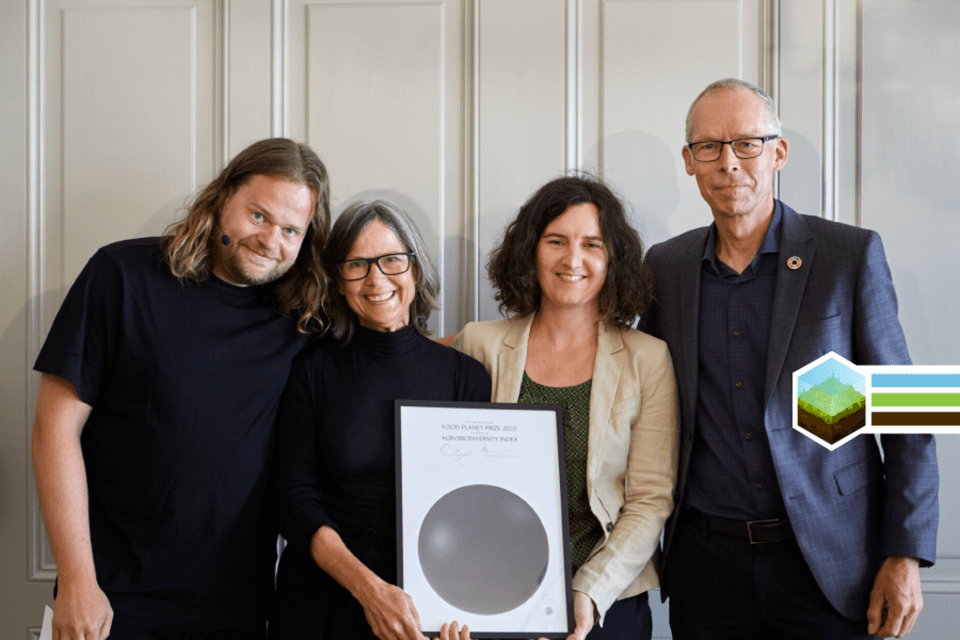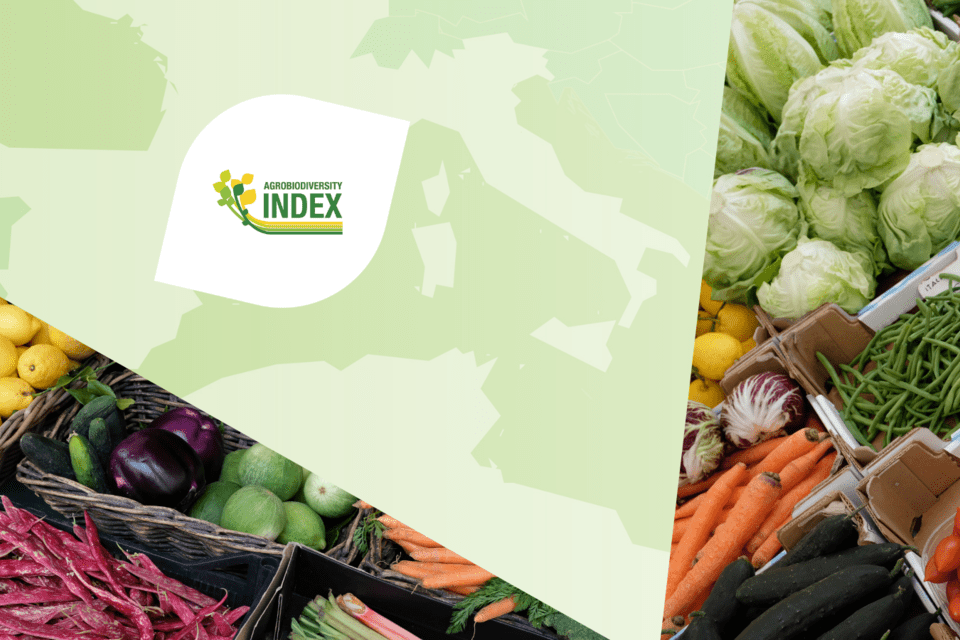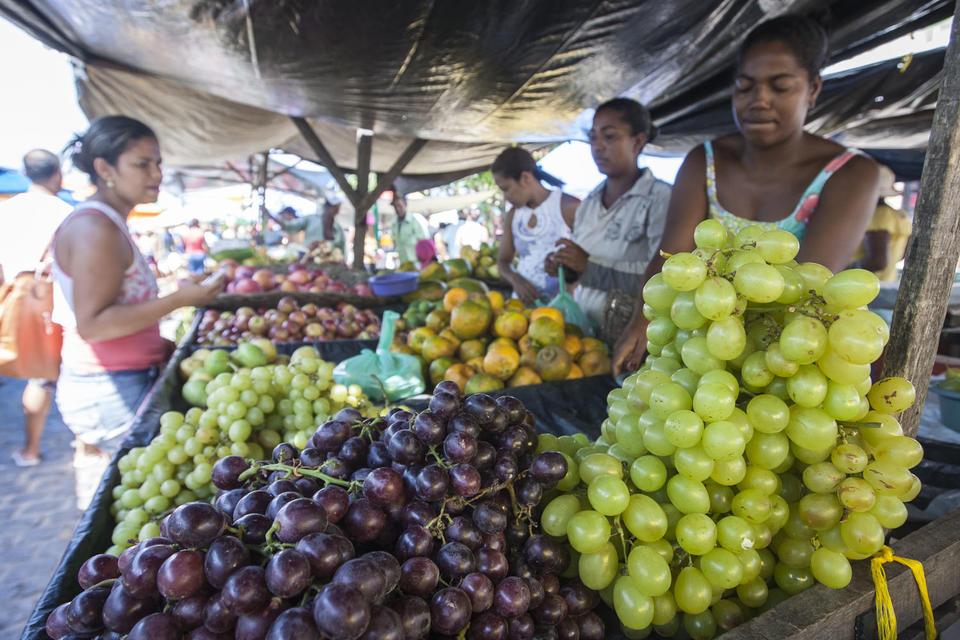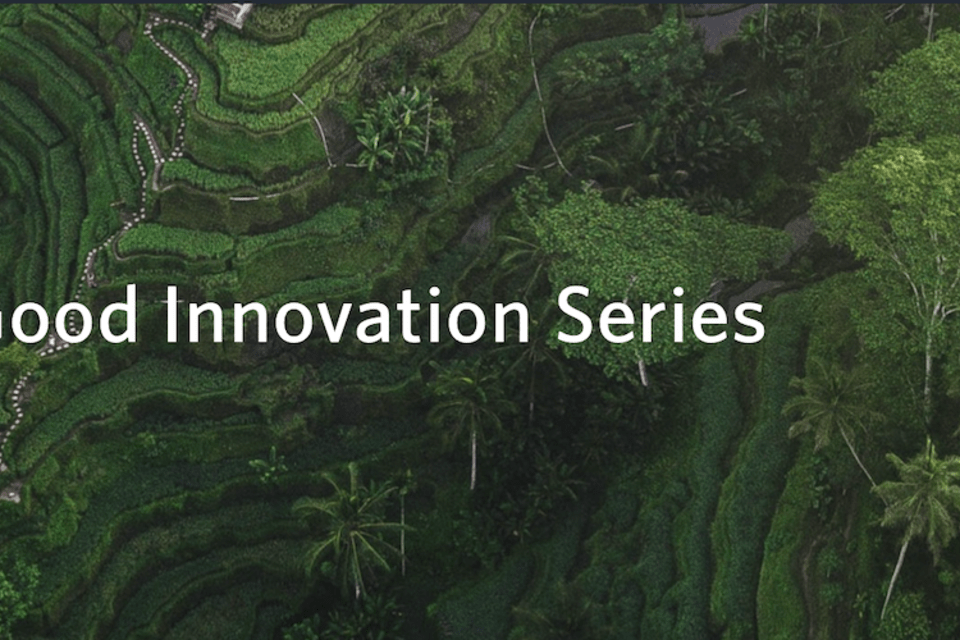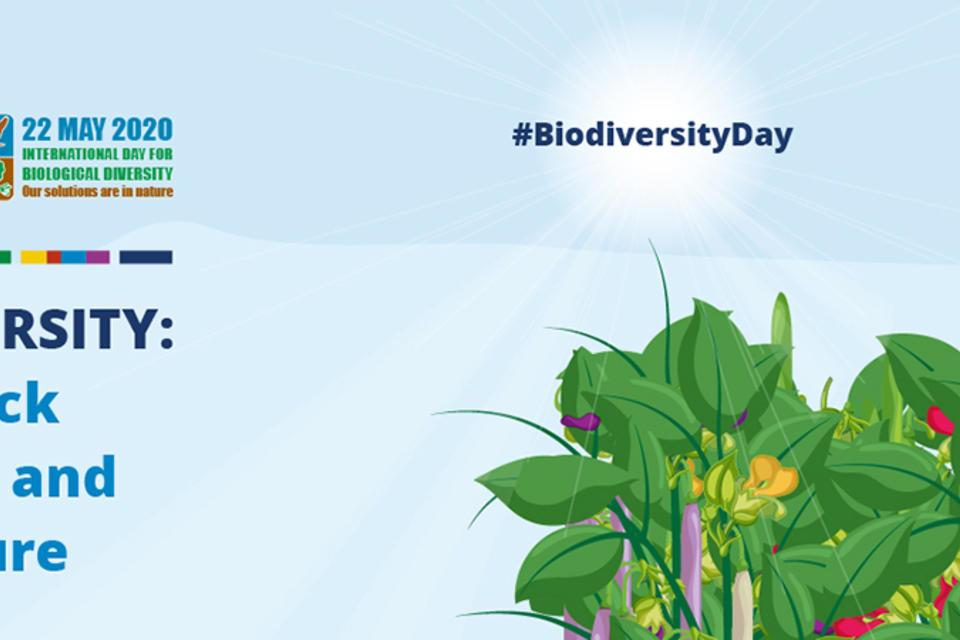Agrobiodiversity Index

Despite its importance, little is known about the current state of agrobiodiversity (the wealth of plants, animals and microorganisms used for food and agriculture) across the world. As a result, it is often left out of dietary guidelines, agricultural and environmental policies, business strategies, and other areas that influence our food systems.
The Agrobiodiversity Index aims to correct this by collecting data on biodiversity across the often-disconnected domains of: Nutrition, Agriculture, and Genetic Resources.
Besides measuring the status of agrobiodiversity, the Index identifies actions, risks, and opportunities to increase its use and conservation.
In what context is this tool useful?
This tool is useful in a context where Governments and development partners, including multilateral agencies and development banks, needs to design and monitor policies and interventions and measure progress towards global targets.
Also, where Companies needs help to reduce risks in the supply chain, enhance environmental stewardship and improve the sustainability of their production, responding to consumers and investors needs.
The Agrobiodiversity Index also support Global conventions and treaties to monitor how well countries are doing with their commitments towards agrobiodiversity and Investors to rate the policies and performance of food and agriculture companies, and make appropriate decisions.
Why Agrobiodiversity matters
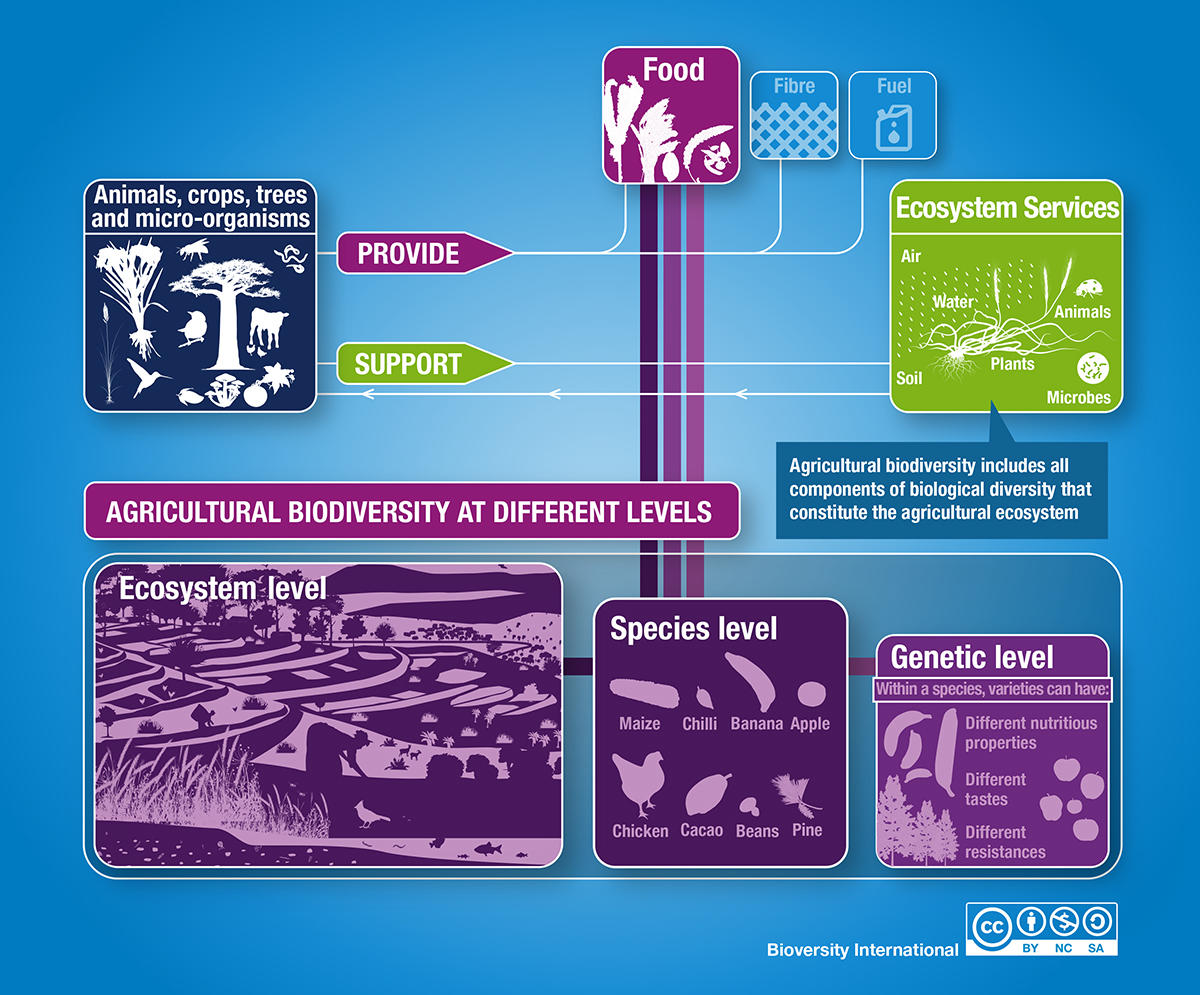
Agrobiodiversity – the wealth of plants, animals and microorganisms used for food and agriculture – has a critical role to play in the transformation, towards more sustainable – and resilient – food systems.
How we measure Agrobiodiversity

- Status – the current state of agrobiodiversity in markets and consumption, in agricultural production, and in genetic resource management.
- Actions – what countries, companies, or projects are concretely doing to increase agrobiodiversity across the food system.
- Commitments – to what extent country, company or project strategies, policies and codes of conduct are contributing to sustainable use and conservation of agrobiodiversity for healthy diets, sustainable agriculture and future use options.
Applications of the Index
- Risk and resilience assessment: provides insights on exposure to different risk areas (malnutrition, poverty trap, climate change, land degradation, pests and diseases, and biodiversity loss) when agrobiodiversity is low.
- Intervention planning: helps to plan and formulate evidence-based strategies for sustainable food systems by comparing the impact on agrobiodiversity of different interventions in food markets, supply chains, production or agricultural genetic resource management.
- Global policy alignment: Indicators of the Agrobiodiversity Index are aligned with one or more SDGs and Aichi targets. Users interested in monitoring progress towards these global targets can use performance on the Index indicators. This also helps understand if agrobiodiversity is effectively integrated into global policy interventions.
- Ranking and benchmarking: scores can be used to compare performance on use and conservation of agrobiodiversity among countries, within a company or among projects. This can stimulate positive behaviour change as part of the ‘race to the top’ to improve sustainable use and conservation of agrobiodiversity, as well as foster exchange of knowledge and best practices.
The Agrobiodiversity Index team is also exploring how the tool can be used by financial sector to leverage investments for sustainable food systems.
Scientific article
This article describes the Agrobiodiversity Index and cross-country comparisons. It also provides an overall view of countries' current status, actions, and commitments towards safeguarding and using agrobiodiversity in their food systems.
More scientific articles
Our team has also contributed scientific research to achieve the following:
Showcase new and novel methods to capture commitments to safeguarding and using agrobiodiversity for healthy diets, sustainable agriculture production and conservation/future options.
Fill knowledge gaps in global datasets or scientific literature regarding the role of agrobiodiversity in contributing to sustainable production and its comparative advantage, trade-offs, and profitability versus simplified or agrobiodiversity-poor production systems.
-
A global database of diversified farming effects on biodiversity and yield.
-
Varietal Threat Index for Monitoring Crop Diversity on Farms in Five Agro-Ecological Regions in India
-
Landscape complexity and functional groups moderate the effect of diversified farming on biodiversity: A global meta-analysis
-
Financial profitability of diversified farming systems: A global meta-analysis
-
Achieving win-win outcomes for biodiversity and yield through diversified farming
Description and characterization of key indicators (i.e. landscape complexity) and how these contribute to biodiversity.
Share our experiences co-developing the Agrobiodiversity Index with multiple sectors and stakeholders.
Partners
We would like to thank each and every one of the people who have contributed to the development of the first version of the Agrobiodiversity Index methodology and that have supported us throughout this journey. We begin with a word of sincere thanks to our funders, without whom this work would not be possible. Funding has been provided by the European Commission (EC) and the Italian Agency for Development Cooperation.
We also thank:
All scientific collaborators from a variety of institutions, who have provided invaluable inputs to the methodology development, to help us realize our design principles of collaboration and complementarity, and to engage in specific indicators to make them as robust as possible.
Public and private pioneer partners, who have provided feedback and engaged in practical use cases to test the methods with us.
All Bioversity International scientists, who have contributed to the development of the Agrobiodiversity Index methodology.
Clarmondial, The Royal Tropical Institute and Versant Vision for their ongoing partnership on conceptualizing the Agrobiodiversity Index and its applications.
Stories
- How can agrobiodiversity help safeguard sustainable food systems?
- Linking biodiversity targets to food system sustainability: the Agrobiodiversity Index




